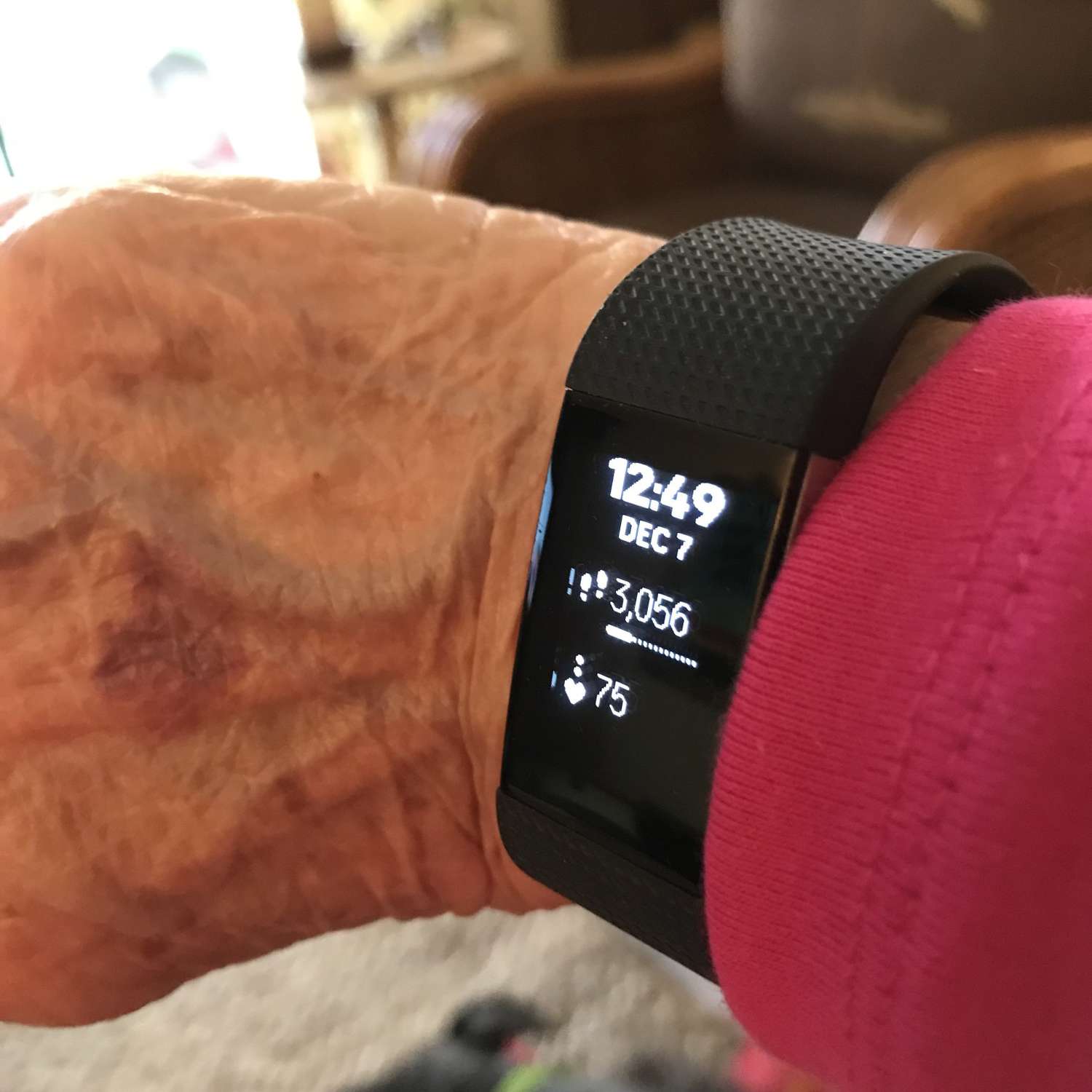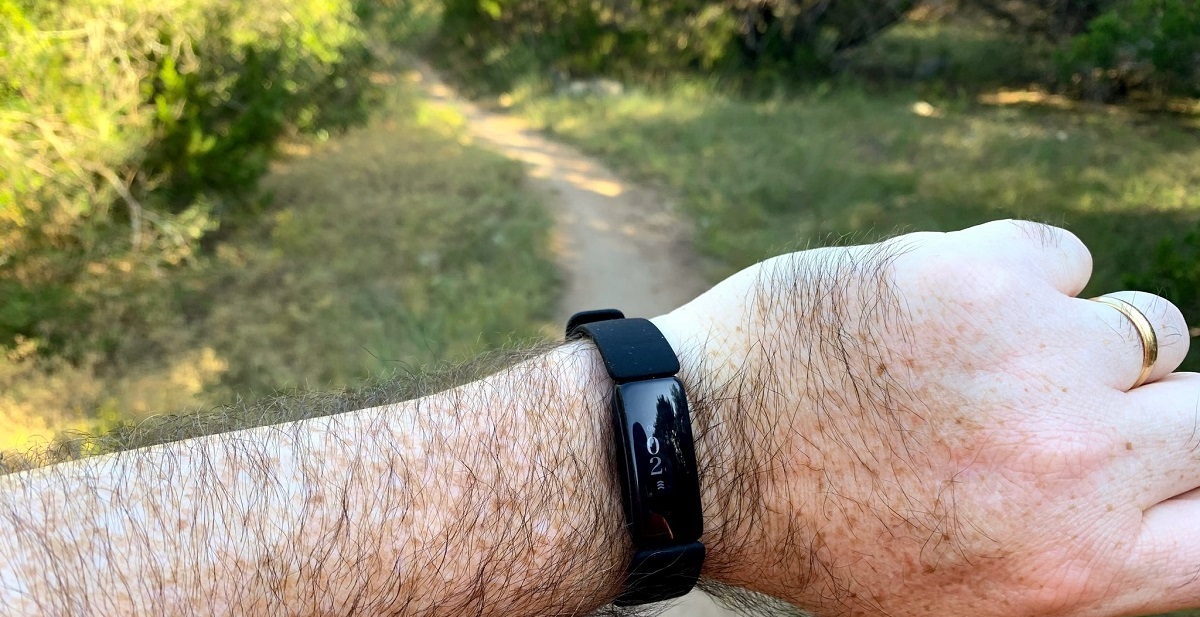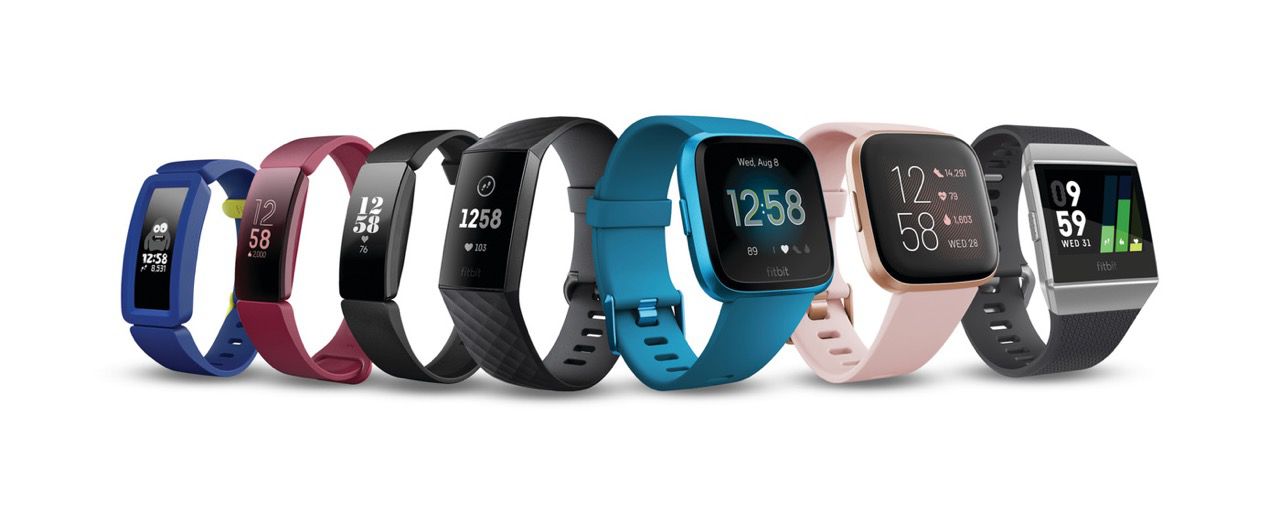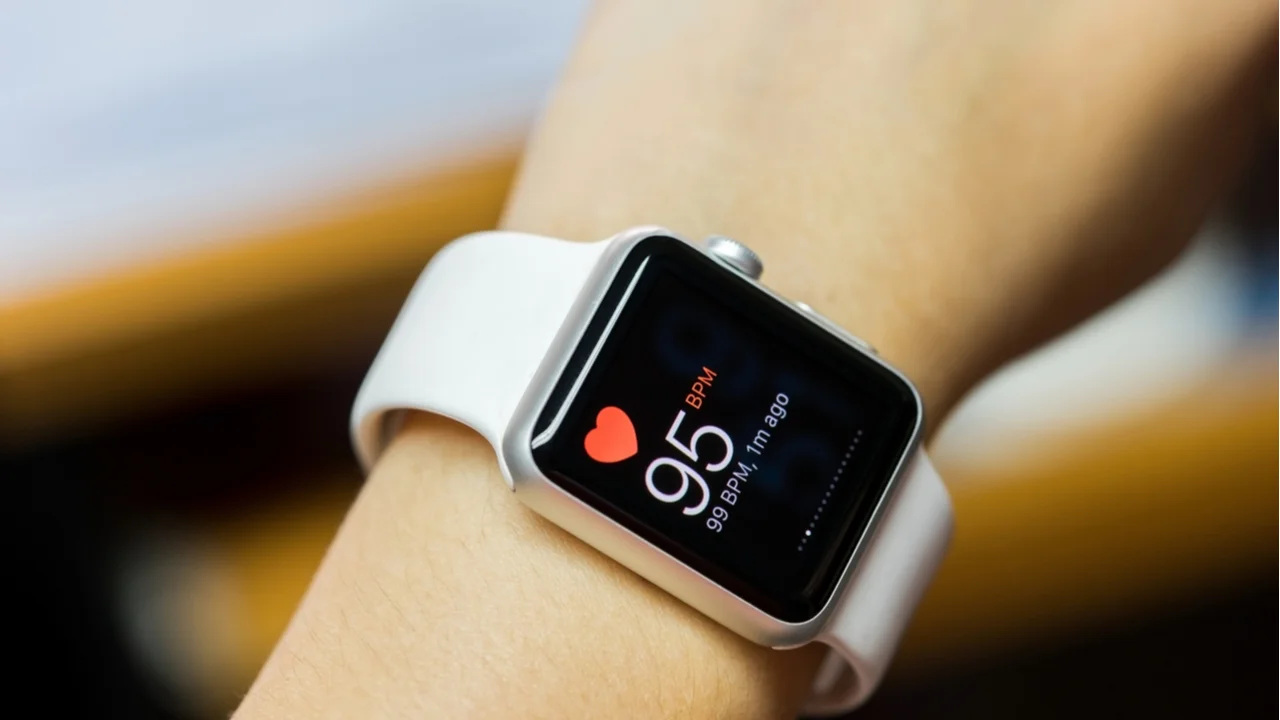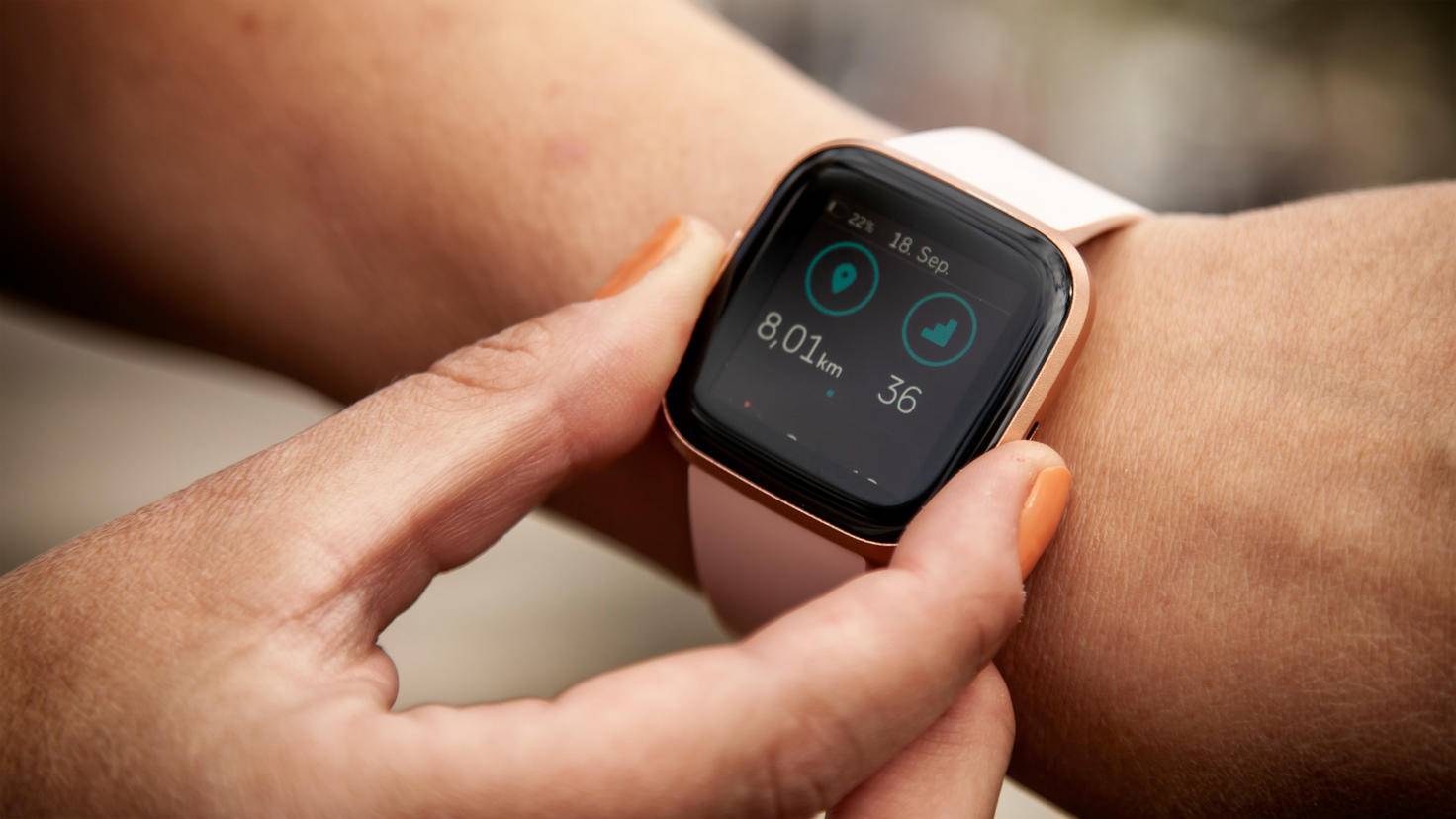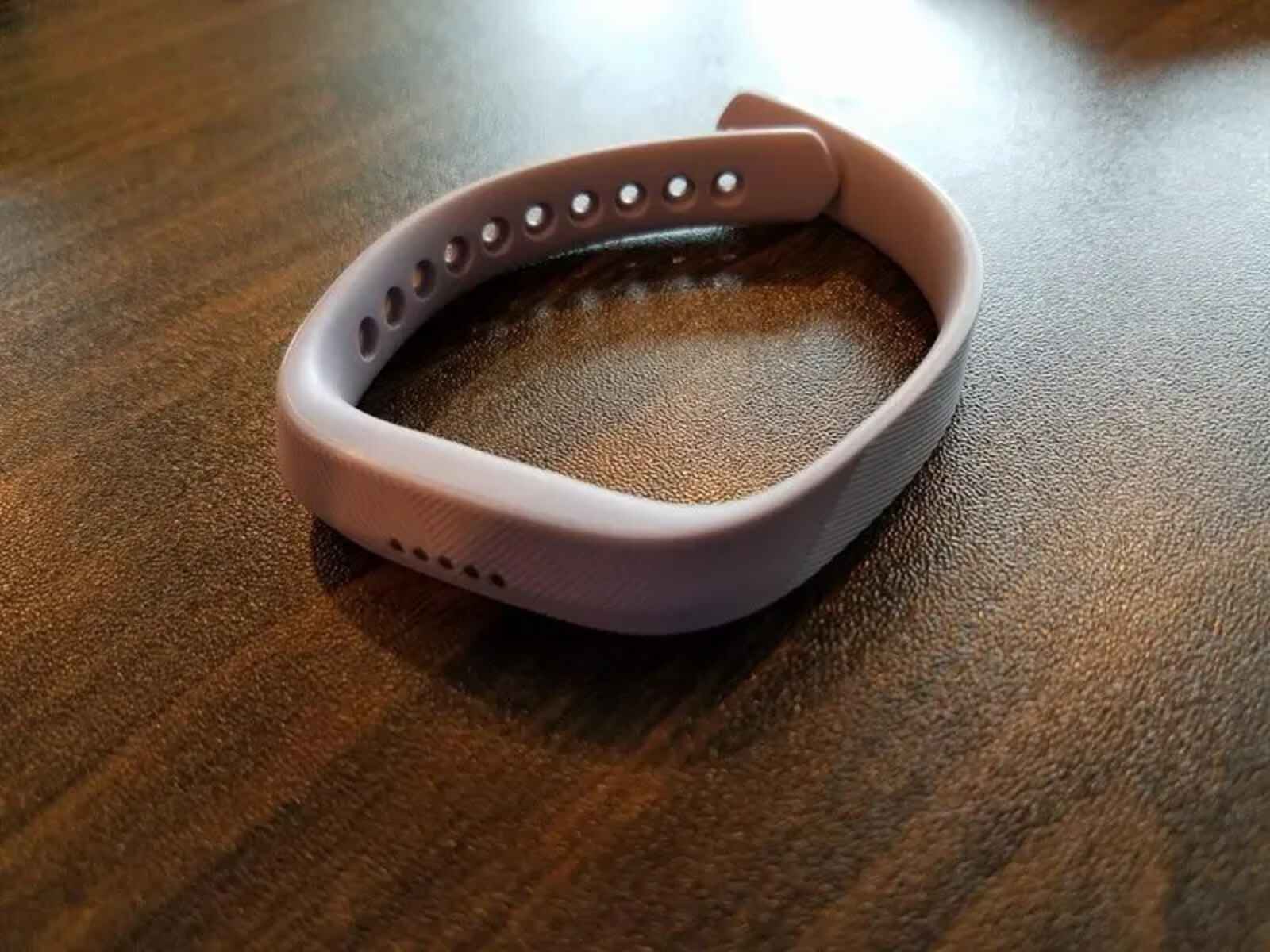Introduction
In the realm of wearable technology, Fitbit has emerged as a prominent player, captivating the market with its innovative features and user-friendly designs. One of the key functionalities that users rely on is the step tracking feature, which forms the foundation of fitness monitoring and goal setting. However, the accuracy of step tracking has been a subject of curiosity and scrutiny, prompting users to question the precision of Fitbit's step counting mechanism.
Understanding the intricacies of step accuracy is crucial for users who depend on their Fitbit devices to monitor their daily physical activities. It is essential to delve into the factors that influence the precision of step tracking, as well as the methods utilized to assess the accuracy of step counts. By gaining insights into these aspects, users can make informed decisions regarding the reliability of their Fitbit data and optimize their fitness routines accordingly.
In this comprehensive exploration, we will unravel the complexities of step accuracy in Fitbit devices, shedding light on the methods employed to evaluate their precision. Additionally, we will delve into the factors that can impact the accuracy of step tracking, providing users with a deeper understanding of how their Fitbit devices capture and interpret their physical movements. Let's embark on a journey to uncover the nuances of step accuracy and equip ourselves with the knowledge to make the most of our Fitbit experience.
Understanding Step Accuracy
Step accuracy is a pivotal aspect of Fitbit devices, as it directly influences the reliability of the data used to track physical activity. At its core, step accuracy refers to the precision with which a Fitbit device records and interprets the user's steps throughout the day. This functionality serves as the cornerstone for monitoring daily activity levels, setting fitness goals, and gauging overall physical well-being.
Fitbit employs advanced sensor technologies, such as accelerometers and gyroscopes, to detect and capture the user's movements. These sensors are adept at discerning various types of physical activities, including walking, running, and climbing stairs. By analyzing the patterns of motion, the device translates these movements into step counts, providing users with real-time feedback on their activity levels.
It's important to recognize that step accuracy extends beyond merely tallying the number of steps taken. Fitbit devices are designed to differentiate between intentional steps and incidental movements, ensuring that only purposeful strides contribute to the step count. This distinction is crucial for delivering accurate and meaningful data to users, enabling them to make informed decisions about their fitness endeavors.
Moreover, understanding step accuracy entails acknowledging the device's ability to filter out extraneous movements that may mimic the motion of steps. Fitbit's algorithms are engineered to discern genuine steps from non-step motions, thereby minimizing the likelihood of inflated step counts. This precision is instrumental in providing users with a clear and authentic representation of their physical activity throughout the day.
In essence, comprehending step accuracy involves grasping the intricate interplay between sensor technologies, motion analysis algorithms, and the device's ability to discern purposeful steps from incidental movements. By unraveling the mechanisms that underpin step accuracy, users can gain a deeper appreciation for the sophistication of Fitbit devices and the meticulousness with which they capture and interpret physical activity data.
As we navigate the realm of step accuracy, it becomes evident that Fitbit's commitment to precision and reliability is fundamental to empowering users in their pursuit of a healthier and more active lifestyle. This understanding forms the bedrock for the subsequent exploration of methods for assessing step accuracy and the factors that can influence the precision of step tracking in Fitbit devices.
Methods for Assessing Step Accuracy
Assessing the accuracy of step tracking in Fitbit devices involves a meticulous examination of the methodologies employed to evaluate the precision of step counts. This process encompasses a multifaceted approach that integrates scientific principles, data analysis, and real-world testing to ascertain the reliability of the step tracking mechanism. By delving into the methods for assessing step accuracy, users can gain valuable insights into the robustness of Fitbit's technology and the rigor with which its performance is scrutinized.
Controlled Laboratory Studies
Fitbit conducts controlled laboratory studies to assess the accuracy of step tracking under controlled conditions. These studies involve simulating various physical activities, such as walking and running, while meticulously monitoring the step counts recorded by the devices. By comparing the observed step counts with the actual number of steps taken, researchers can gauge the precision of the devices' tracking capabilities. This method provides a controlled environment for evaluating step accuracy and forms the foundation for understanding the devices' performance under standardized conditions.
Real-World Validation
In addition to laboratory studies, Fitbit engages in real-world validation to evaluate the accuracy of step tracking in diverse everyday scenarios. This validation process involves collecting data from a wide range of users engaging in typical daily activities, including walking, climbing stairs, and engaging in recreational exercises. By analyzing the discrepancies between observed step counts and actual movements, researchers can glean insights into the devices' performance in real-life settings. This real-world validation offers a comprehensive perspective on the accuracy of step tracking across varied user behaviors and environmental factors.
Data Analytics and Algorithmic Validation
Fitbit leverages advanced data analytics and algorithmic validation to scrutinize the accuracy of step tracking. By analyzing extensive datasets captured from diverse user profiles and activity patterns, researchers can discern patterns, trends, and potential anomalies in step counts. This analytical approach enables the identification of factors that may influence step accuracy, such as gait variability, terrain irregularities, and user-specific movements. Additionally, algorithmic validation involves refining the motion analysis algorithms to enhance the devices' ability to accurately interpret and quantify physical activity.
User Feedback and Field Testing
User feedback and field testing play a pivotal role in assessing step accuracy, as they provide valuable insights from the individuals who rely on Fitbit devices in their daily lives. Fitbit actively solicits feedback from users regarding their experiences with step tracking, encompassing aspects such as step count discrepancies, activity recognition, and overall satisfaction with the devices' performance. Furthermore, field testing involves deploying the devices in diverse real-world environments to evaluate their accuracy across varied terrains, user demographics, and activity intensities. This user-centric approach offers a holistic perspective on the practical efficacy of step tracking in Fitbit devices.
By integrating these methodologies, Fitbit endeavors to comprehensively assess the accuracy of step tracking, ensuring that users can rely on their devices to provide precise and meaningful data. The convergence of controlled studies, real-world validation, data analytics, and user feedback exemplifies Fitbit's commitment to continuously refining and enhancing the accuracy of step tracking, thereby empowering users to make informed decisions about their physical activity and well-being.
Factors Affecting Step Accuracy
The precision of step tracking in Fitbit devices is influenced by a multitude of factors that collectively shape the accuracy of the recorded step counts. Understanding these factors is instrumental in comprehending the nuances of step accuracy and the intricacies involved in capturing and interpreting physical movements. By unraveling the elements that can impact step accuracy, users can gain insights into the dynamic interplay between technology, human behavior, and environmental variables.
Sensor Calibration and Placement
The calibration and placement of sensors within Fitbit devices play a pivotal role in determining step accuracy. Accurate sensor calibration ensures that the devices can effectively detect and interpret motion, translating it into precise step counts. Furthermore, the strategic placement of sensors on the body or within the device influences their ability to capture movements accurately, thereby impacting the overall step tracking precision.
User Movement Patterns and Gait Variability
The diverse movement patterns and gait variability exhibited by users can significantly influence step accuracy. Fitbit devices are designed to accommodate a wide spectrum of physical activities, ranging from walking and running to climbing stairs and engaging in dynamic exercises. However, variations in individual gait patterns and movement styles can pose challenges in accurately discerning steps from non-step motions, necessitating robust algorithms to account for this variability.
Environmental Factors and Terrain Variation
The environments in which users engage in physical activities can introduce variables that affect step accuracy. Factors such as uneven terrain, elevation changes, and environmental obstructions can impact the precision of step tracking, as they pose challenges to the devices' ability to differentiate genuine steps from incidental movements. Fitbit's continuous refinement of motion analysis algorithms addresses these environmental factors to enhance step accuracy across diverse settings.
User-Specific Behavior and Activity Intensity
The individual behaviors and activity intensities of users contribute to the complexity of step accuracy. Users exhibit unique movement patterns, activity intensities, and exercise modalities, all of which influence the interpretation of physical movements by Fitbit devices. By accounting for user-specific behaviors and activity profiles, Fitbit endeavors to ensure that step tracking remains accurate and reflective of diverse physical activities.
Firmware Updates and Algorithm Enhancements
Fitbit's commitment to ongoing firmware updates and algorithm enhancements is pivotal in optimizing step accuracy. By continually refining the motion analysis algorithms and sensor data processing, Fitbit strives to adapt to evolving user needs and technological advancements, thereby bolstering the precision of step tracking. These updates are designed to address emerging challenges and further elevate the reliability of step counts recorded by the devices.
In essence, the accuracy of step tracking in Fitbit devices is intricately intertwined with a myriad of factors, encompassing sensor calibration, user behavior, environmental influences, and technological advancements. By acknowledging the multifaceted nature of these factors, users can appreciate the depth of engineering and research dedicated to ensuring that Fitbit devices deliver precise and meaningful step tracking capabilities.
Conclusion
In conclusion, the precision of step tracking in Fitbit devices is a testament to the meticulous engineering, rigorous validation methodologies, and continuous refinement that underpin the devices' performance. The comprehensive understanding of step accuracy, encompassing the interplay of sensor technologies, motion analysis algorithms, and real-world validation, underscores Fitbit's commitment to delivering reliable and meaningful data to users.
By delving into the methods for assessing step accuracy, we have gained valuable insights into the scientific rigor and user-centric approach employed by Fitbit. The convergence of controlled laboratory studies, real-world validation, data analytics, and user feedback exemplifies Fitbit's dedication to ensuring that users can depend on their devices to provide accurate and actionable step tracking data.
Moreover, the exploration of factors affecting step accuracy has shed light on the dynamic interplay between sensor calibration, user behavior, environmental influences, and technological advancements. Fitbit's proactive approach to addressing these factors through firmware updates, algorithm enhancements, and user-specific considerations underscores the brand's unwavering commitment to optimizing step accuracy across diverse user profiles and activity scenarios.
As users, armed with a deeper understanding of step accuracy, we are empowered to leverage our Fitbit devices to make informed decisions about our physical activity, set meaningful fitness goals, and embark on a journey towards improved well-being. The assurance of precise step tracking instills confidence in the data provided by Fitbit devices, enabling us to monitor our daily activity levels with clarity and accuracy.
In essence, the exploration of step accuracy in Fitbit devices has unveiled the intricacies and sophistication underlying the devices' ability to capture, interpret, and quantify physical movements. This understanding not only enriches our appreciation for the technological prowess of Fitbit but also equips us with the knowledge to optimize our fitness routines and embrace a more active lifestyle with confidence.
As we navigate the realm of step accuracy, it becomes evident that Fitbit's commitment to precision and reliability is fundamental to empowering users in their pursuit of a healthier and more active lifestyle. This understanding forms the bedrock for leveraging the full potential of our Fitbit devices and embarking on a journey towards enhanced well-being and vitality.







